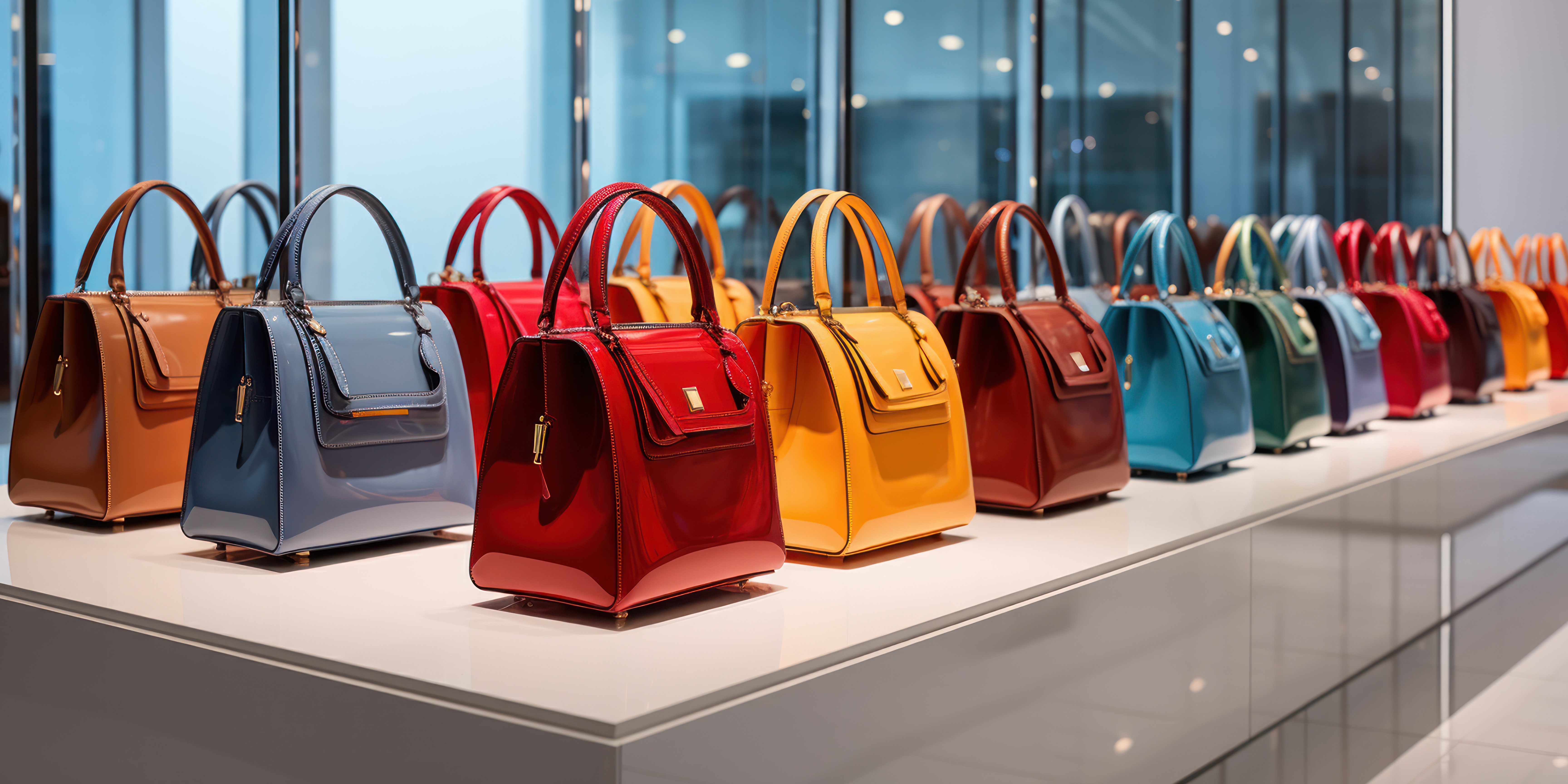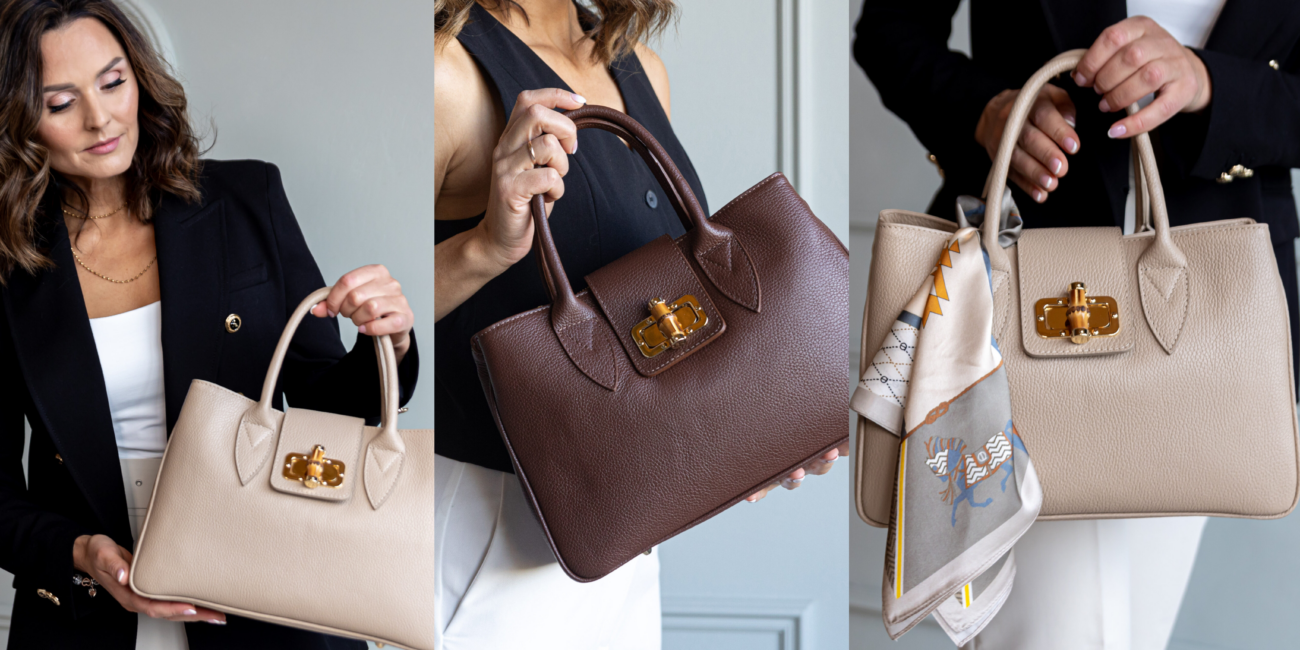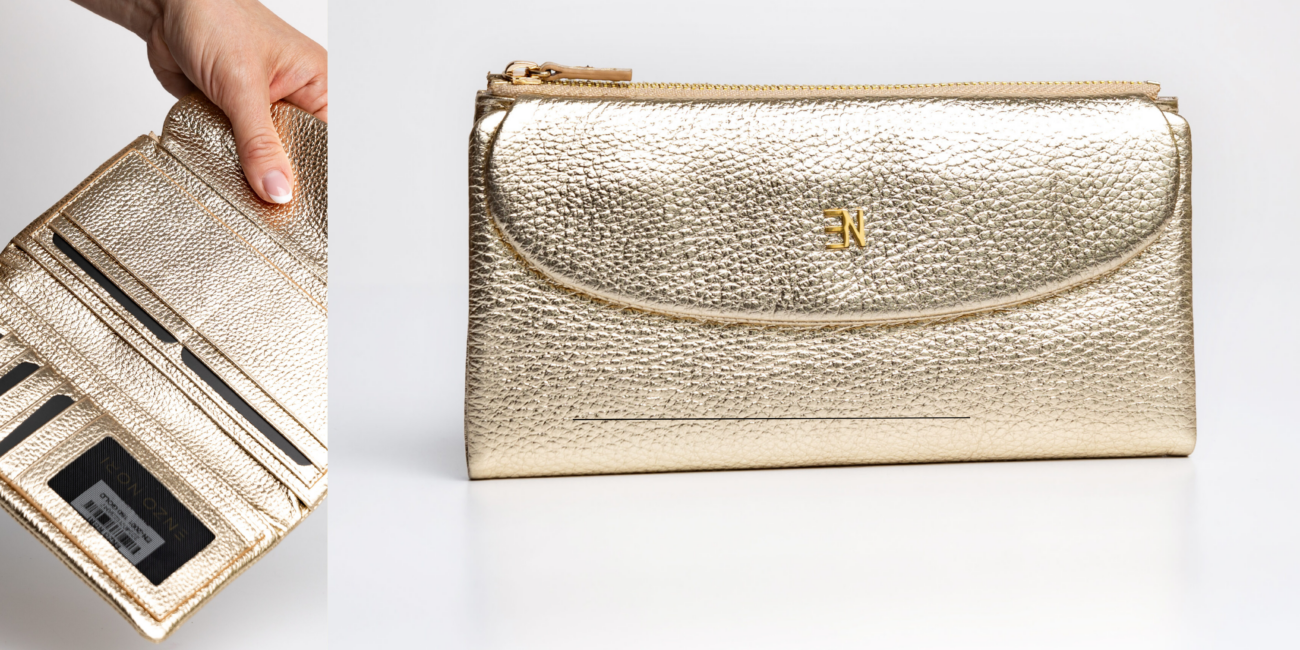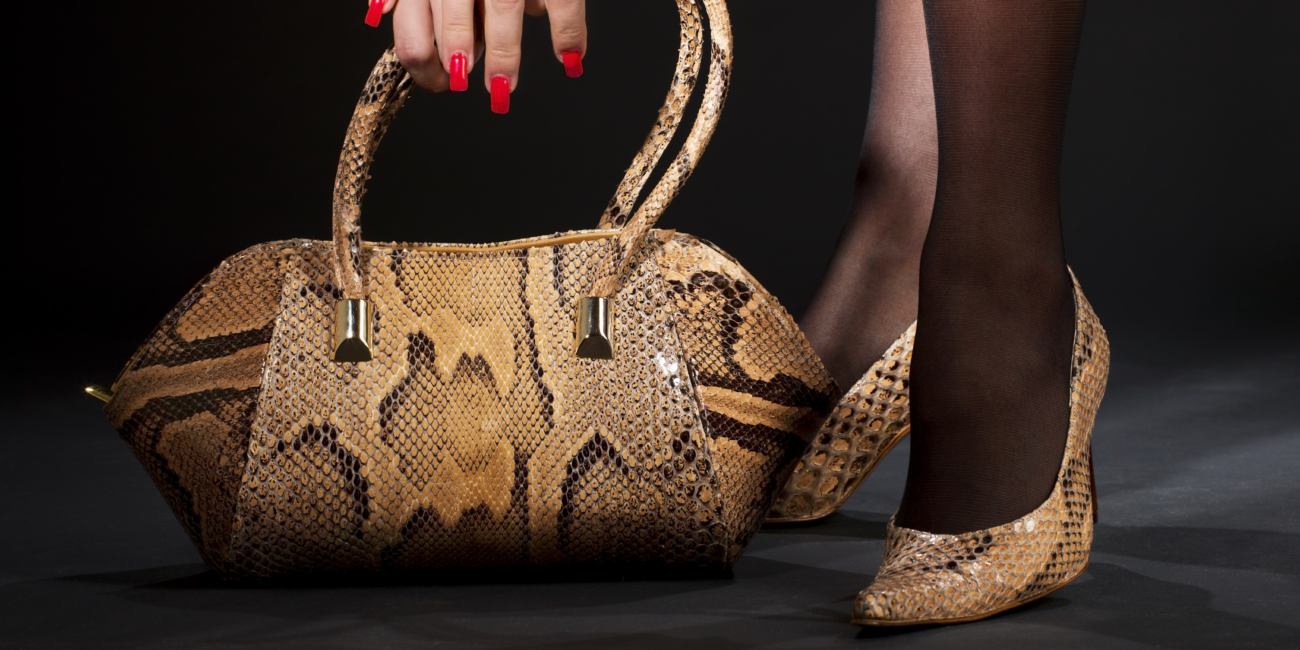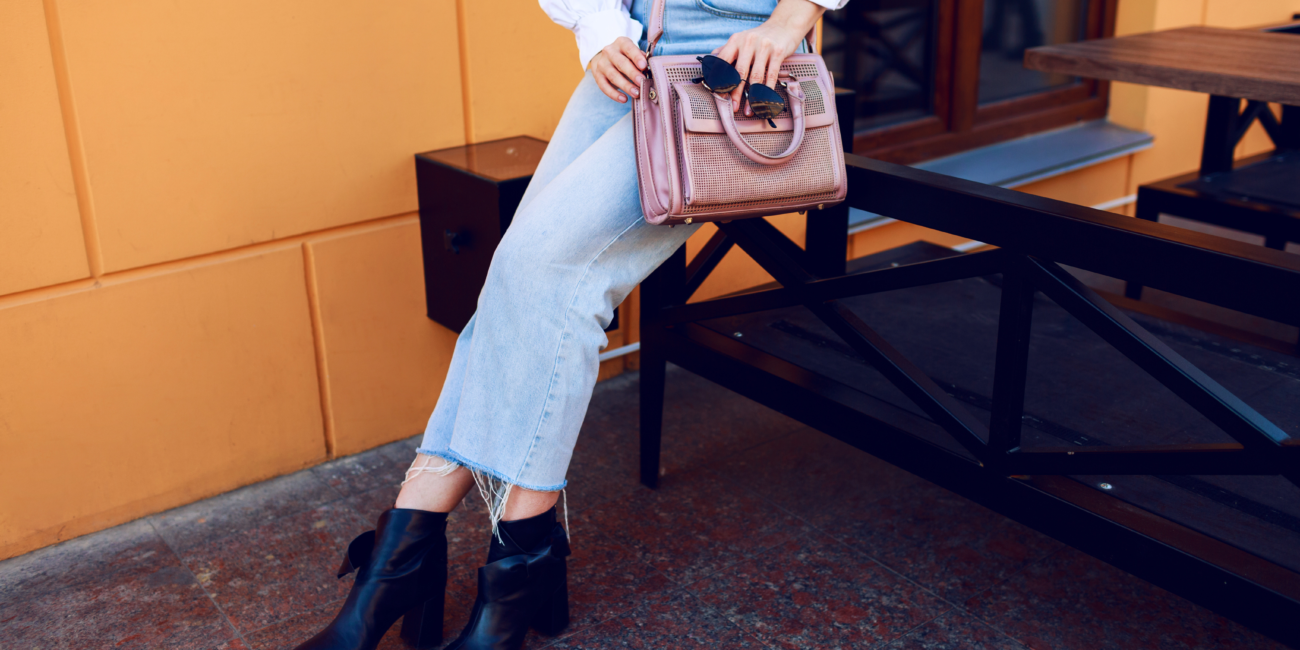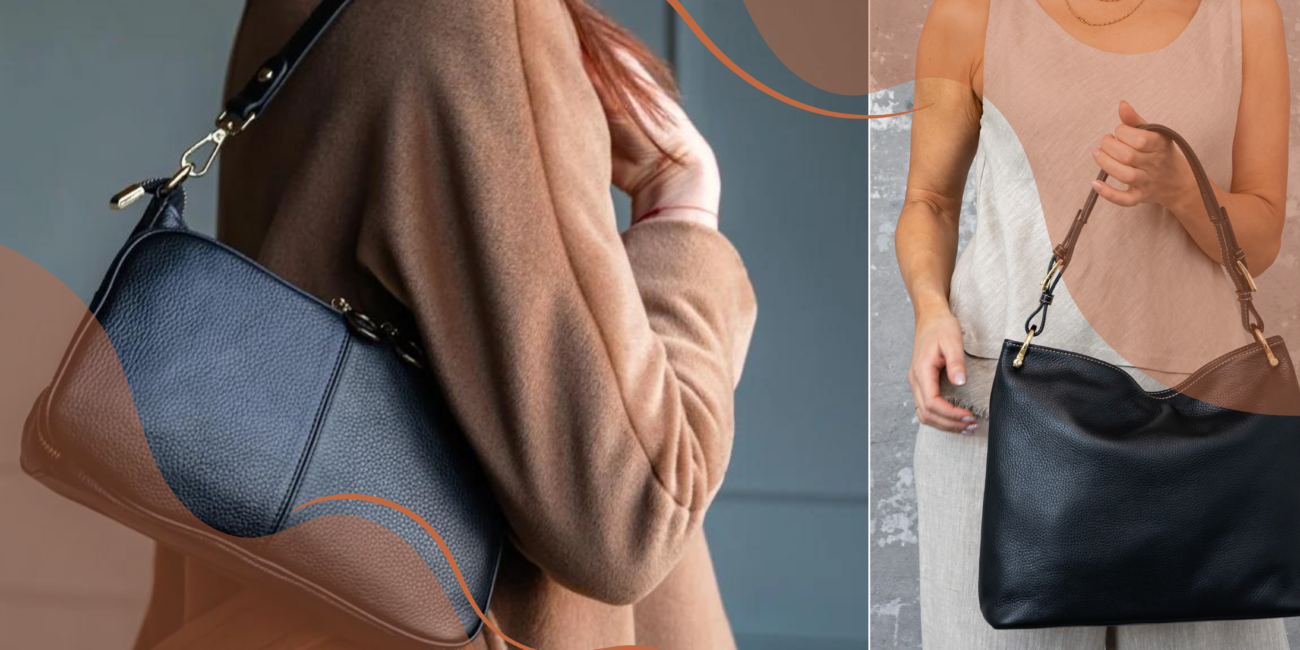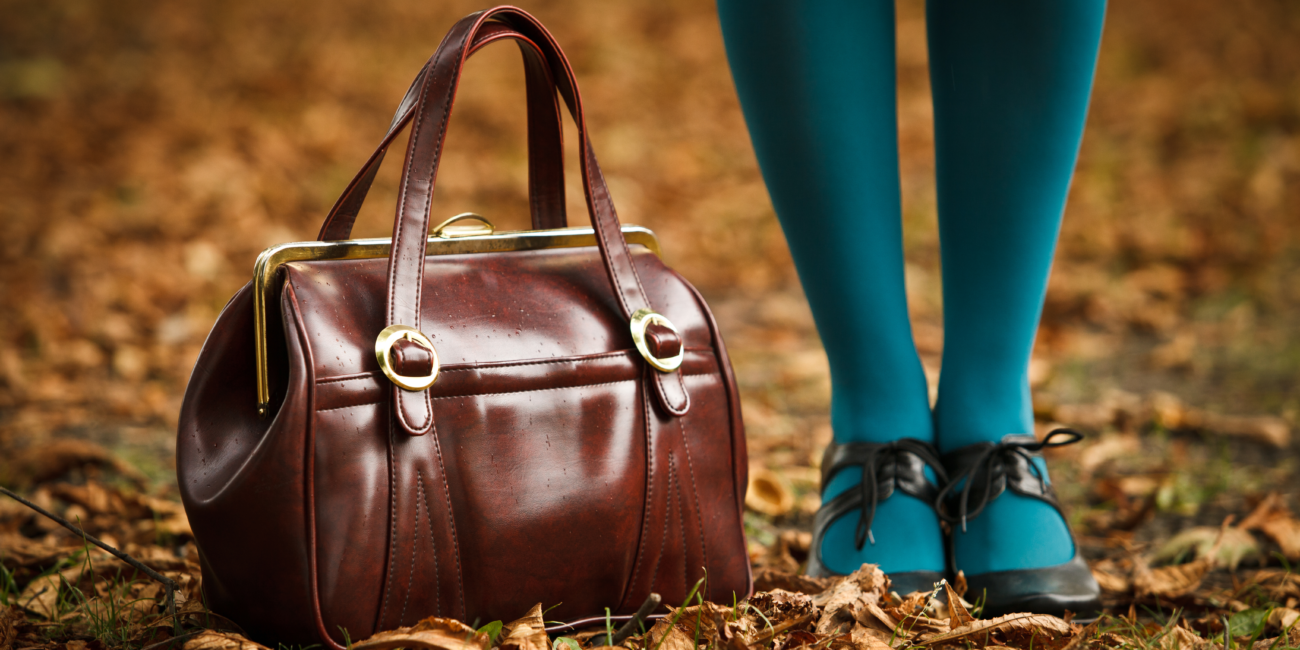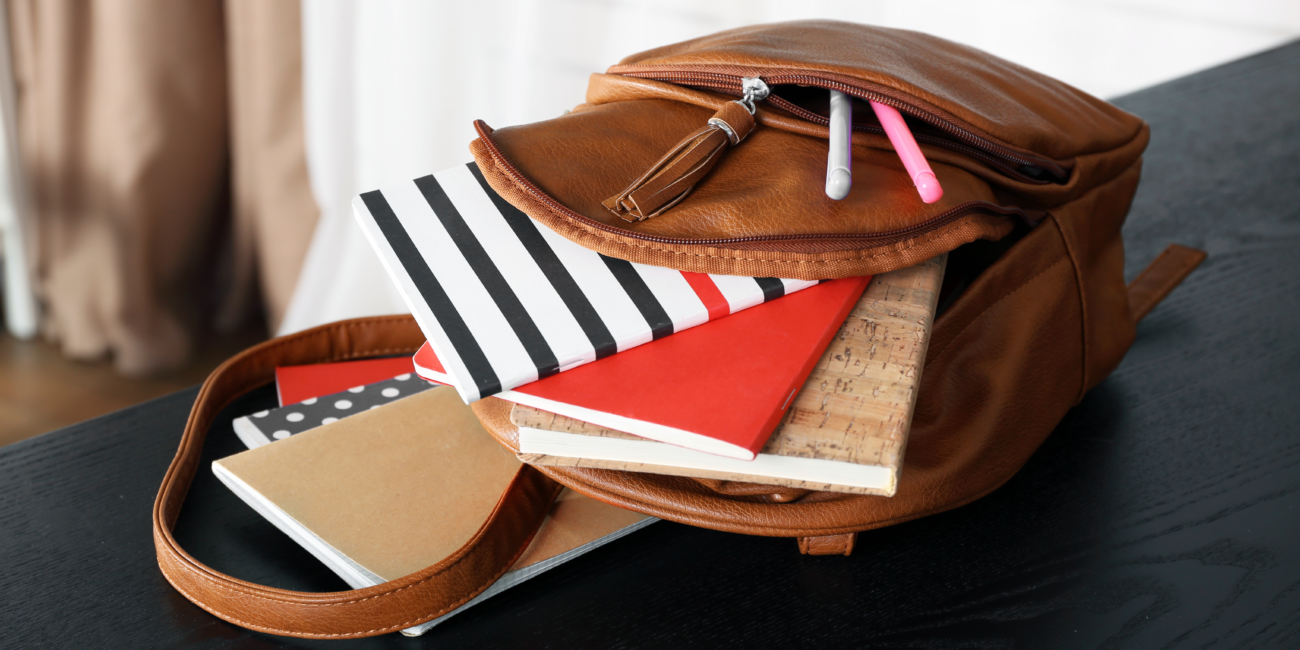We can safely say that leatherworking is a true art, and the different types of leather offer a great deal of creative variety in handbag making. Leather accessories, whether leather handbags, wallets or bags, are timeless and long-lasting. With time, the properties of leather simply give them a new, charming character. However, this doesn't mean that your leather handbag is indestructible - it just needs a little care to last a lifetime. Below we'll look at the different types of leather used for handbags and how to care for them so that your handbag lasts for years to come.
What types of leather are used for handbags and how do I care for them?
Below we discuss the types of leather most commonly used in handbags and how to care for them.
Calfskin

If you have a leather handbag, chances are it is made from calfskin. Calfskin leather is not only smooth and light, but also strong and durable. An example of such a handbag is ELWYNA. That is why this leather is the most commonly used for handbags. Whether your leather handbag is made of rough or smooth calfskin, there are a few things that you should pay attention to in order to take the best possible care of your handbag:
- Try to preserve the shine of your handbag. The calf's skin fades a little over time, especially if it has been dyed a lighter colour such as beige. Try to wipe your handbag with a clean, dry cloth after each use.
- Eliminate indentations. If you notice a small dent in your handbag, use clean, dry fingers or a piece of cloth to massage the affected area and the opposite side of the dent.
- Keep each handbag separate. If you place the bags on top of each other or next to each other, the zippers, clips or other parts of the bags may damage adjacent bags. You may wish to keep your handbags in separate cloth bags for extra security.
- Keep out of direct sunlight. As a calf's skin ages much faster when exposed to direct sunlight, prolonged exposure to the sun can accelerate the darkening process. It is best to keep handbags indoors, for example in a wardrobe.
Patent leather
Patent leather has a glossy, mirror-like finish that instantly catches the eye thanks to its fun-looking surface. However, this type of leather requires a lot of care and if we are not careful, the leather of the handbag can easily rub off, which is why it's important to know how to keep these handbags in good condition.
- Wipe them frequently. Patent leathers have a glossy coating, so you need to make sure they fade. Wipe the hand surfaces with a special product using a soft cloth or cotton wool pads - do not use the product directly on the bag as it may be too strong and damage the surface further.
- Protect handbags from stains. Patent leather handbags are more susceptible to scratches that leave dark stains, so use cotton buds moistened with nail polish remover to remove them.
- Keep patent leather handbags separate from other handbags and belongings to prevent colour bleeding.
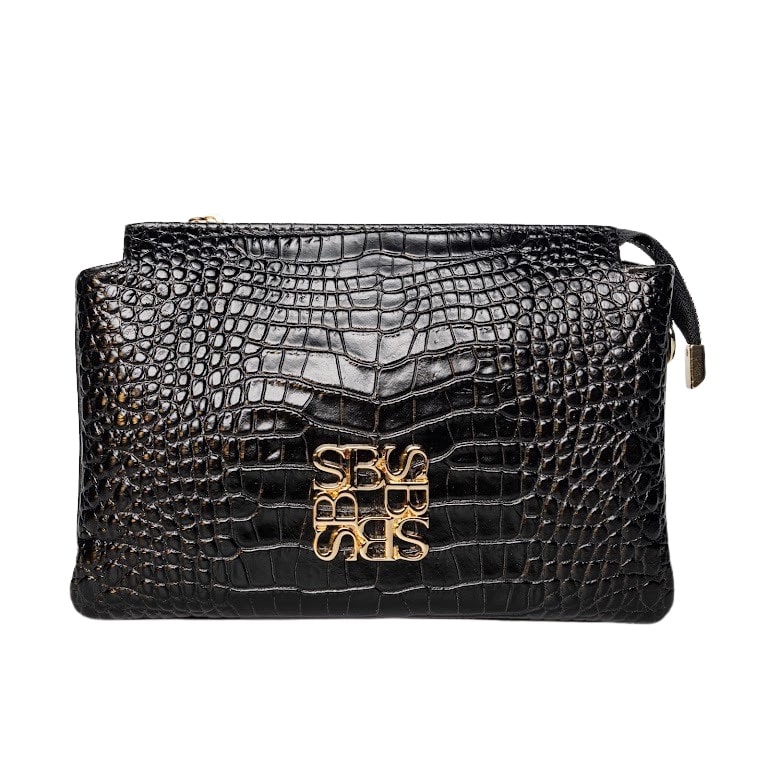
Suede leather
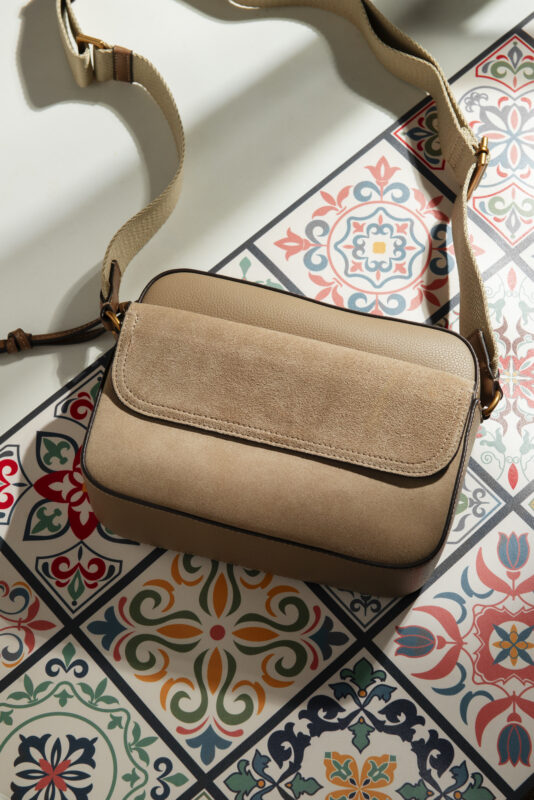
This soft leather is loved by many for its supple and soft texture. However, suede leather can quickly become soiled and damaged if the handbag is not properly cared for.
- To protect your handbag from damage, use a special spray designed for suede leather. Clean your handbag with suitable tools, preferably on non-gritty surfaces.
- Protect suede handbags from contact with water or other liquids. Even touching your freshly creamed hands can leave stains.
Exotic skin
Exotic leather is like the "queen" of all leather handbags. Exotic leathers are extremely luxurious because they are made from the skins of animals such as crocodiles, pythons or ostriches. Pay special attention to their care.
- Use a hand conditioner regularly. Some exotic skins, such as python or ostrich, lose moisture much faster than other handbags, so don't forget to moisturise them 1-2 times a month.
- Clean reptile skin handbags (e.g. snakes or crocodiles) in the direction of the scales.
- Keep these bags in separate bags in a wardrobe or other enclosed place.
- Don't let exotic leather handbags get wet. These handbags are extremely fragile, so even if you do get wet, wipe the wet area immediately with a soft cloth. Do not rub the area or use soap to clean it. Allow to dry on their own without using a hairdryer.

General care tips for handbags
Here are a few more tips for all handbags for flawless daily care:
- Cloths. For daily cleaning of handbags, it's best to buy a chamois brush or a dedicated dry cloth that's gentle enough for real skin.
- The shape of the handbag. When leaving the bag for longer periods of time, remove all items from the inside to prevent them from distorting the shape of the bag. Do not hang leather handbags by the handles, as this can stretch them.
- Cleaning. Start each cleaning with clean hands, a clean microfibre cloth, and after the bag has been emptied. Open all the compartments and take everything out, and then shake the bag upside down to remove any fine dirt. Do not use too much water when cleaning the handbag, just enough to activate the soap and gently clean the handbag.
- Irrigation. Use special creams or natural oils to moisturise your skin.
- Washing. Do not wash leather handbags in the washing machine, iron them or use strong chemicals for maintenance.
- Heat and sun. Do not store leather handbags in the sun or near heat sources such as radiators.
- Storage. If you have the original bag that your leather accessory came in, it is best to keep it in it. It is important not to store leather handbags in plastic bags or bubble wrap - this will prevent the material from breathing. If you don't have the original bag, a white cotton pillowcase will do.

Handbags can be maintained with a range of skin care products such as soft brushes, cleaning foams, polishers, rain guards and other products.
By following these care tips for different skin types and general daily handbag care, you will give your handbags the love they deserve and preserve their longevity.

